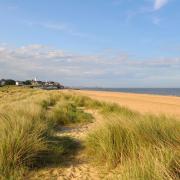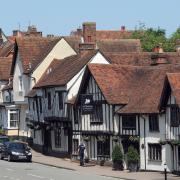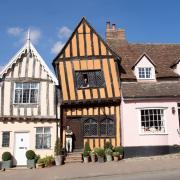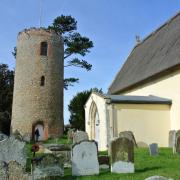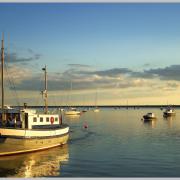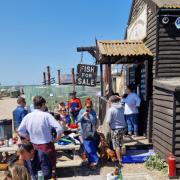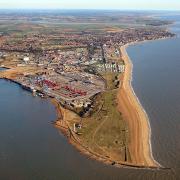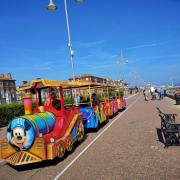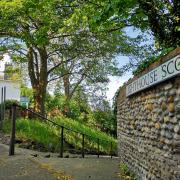Suffolk is so rich in literary history, so get cosy and join us for a journey around the county as we uncover which writers lived, visited and were inspired by the county.
Shakespeare
There is overwhelming evidence that the bard himself used to tread the boards in Suffolk. When plague outbreaks surfaced in London and closed the city's theatres, the jobbing actor would hit the road.
It is known that Shakespeare would have taken a boat from Essex up the River Orwell to Ipswich where he would stay and perform for a couple of weeks before venturing further into Suffolk to Hadleigh, Lavenham and Bury St Edmunds performing at each place before leaving for Cambridge.

W.G Sebald
In the summer of 1992, famed German writer W.G Sebald took a 6-day hike along the Suffolk coastline. In his 1995 published book, The Rings of Saturn, he recorded his walking musings on everything from the Suffolk marshes to art and history as he visited locations including Lowestoft, Southwold, Walberswick, Dunwich and Orford, to name a few of the stop-off points.
The most ardent Sebald fans have tried to retrace the steps made famous by the stark and brooding book, and some have even documented on blogs and youtube.
Jane Taylor
Born in London but raised at Shilling Grange in Lavenham, Jane and her sister Ann Taylor would go on to be rather influential poets. In fact, Jane happened to write one of the most recognisable nursery rhymes ever to have existed, 'Twinkle Twinkle Little Star'. The poem was originally named 'The Star' and was first published in 1806 in a collection both sisters penned called Rhymes for the Nursery.
Charles Dickens
It is no secret that Charles Dickens spent time on several occasions at The Angel in Bury St Edmunds as the famous hotel wears its blue plaque with pride. The hotel is also mentioned within the pages of The Pickwick Papers:' "And this," said Mr Pickwick, looking up, "is the Angel! We alight here, Sam."'

The Angel Hotel was further immortalised in the 2019 film The Personal History of David Copperfield, directed by Armando Iannucci. In Dicken's novel David Copperfield the eponymous character was born and raised in Blunderstone until the age of seven when he was shipped off to Yarmouth in Norfolk. Dickens himself had purportedly visited Lowestoft to garner inspiration for the setting, but it is unknown whether he actually did or not and if so, it was the most brief of visits.

George Orwell
Eric Arthur Blair, better known as George Orwell, lived in Southwold intermittently as a teen, and then after jaunts in London and Paris, he moved back in with his parents at Montague House on the high street, where he spent most of the next five years.
During his sojourn, he reworked the novel Burmese Days, a critique on Imperialism in Burma. He had served as an imperial police officer for some time in his twenties before becoming disillusioned and returning home.
Orwell left Southwold for a while to pick hops in Kent and teach in Hayes and Uxbridge. However, after spending one term teaching in Uxbridge, he contracted Pneumonia and was urged by his mother to return home. While back in Southwold, Orwell wrote The Clergyman's Daughter, which on many accounts is almost a precursor to the authors most famous work, 1984. It follows a young woman from a fictional Suffolk town called Knype Hill (which was almost certainly Southwold) as she suffers a bout of amnesia.
It also goes without saying that Blair took his penname from the River Orwell, showing just how much his formative years in Suffolk are knitted into the very fabric of his being.

John Preston
Recounting the events (with a bit of poetic license, of course) of the discovery and excavation of Sutton Hoo in 1939, Preston's The Dig was adapted for the Netflix film of the same name recently. It tells the story of landowner Edith Pretty and archaeologist Basil Brown, revealing the most significant Anglo-Saxon artefacts ever found. Preston being a nephew of archaeologist Peggy Piggot was said to have emphasised her role in the excavation, yet his book was written after her passing, so there is no first-hand account. Read more about the Sutton Hoo discovery here.
Read more of the best Suffolk content:
The best second-hand bookshops in Suffolk
From The Dig to Harry Potter - 5 films shot in Suffolk
Benton End: the rebirth of a Suffolk artists' haven
The great British beach hut: did it all start in Felixstowe?









